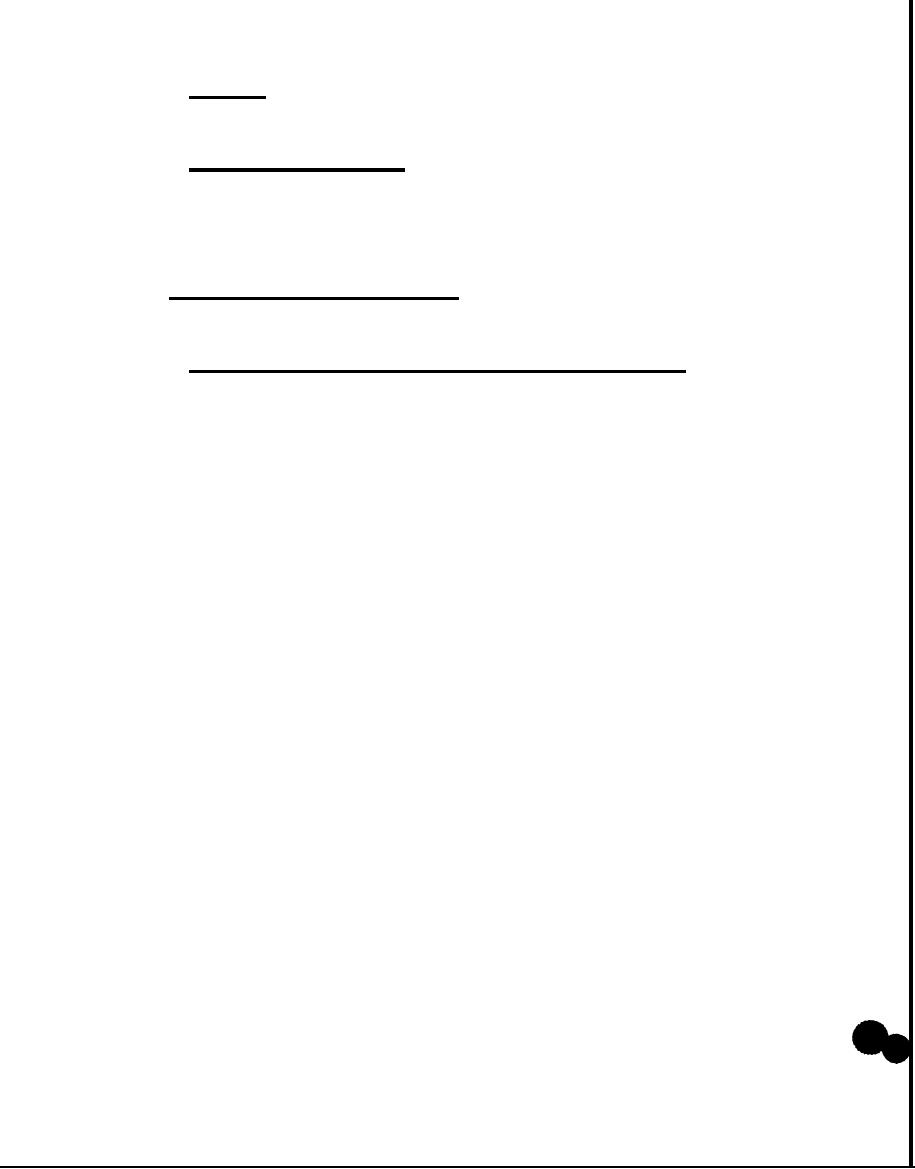 |
|||
|
|
|||
| ||||||||||
|
|  MIL-C-64025
Testing is described in the first article and
4.4.3 T e s t i n g .
quality conformation inspection "Classification of Defects and Tests"
.
form.
4.4.4 Inspection equipment. The inspection equipment
required to perform the examination and tests prescribed herein
is. described in the "paragraph/inspection method" column in the
Classification of Defects and Tests forms. The contractor shall
submit for approval inspection equipment designs in accordance
with the terms of the contract.
4.5
Test
methods
a n d Procedures.
Test methods used for
performance testing parameters described in 4.5.2 shall be approved
prior to use for product acceptance.
control of molded or Plastic Parts. In place
4.5.1 Dimensional
of the normal sampling and inspections associated with the
Classification of `Defects, and after a curing time for the parts has
.
been approved (See Note 1), a sample of three (3) parts (as molded)
from each cavity shall be fully inspected dimensionally (all
dimensions on drawing) to qualify a new or reworked cavity for use in
production. The molded parts shall carry the individual cavity
identification. As a control of each cavity during production, the
above quantity of parts from each cavity shall be inspected for at
least the defects listed in [TBD (4.4.2.1 through 4.4.2.66)] after
continuous production of each 5,000 parts or at the end of each week,
whichever occurs first. If any defective parts are found during
qualification of the cavity, the cavity producing the defective
part(s) will not be used in production. If any defective parts are
found when inspection is performed for the control of the cavity, the
cavity producing the defective part(s) shall be removed from
production. Further, that portion of production since the last control
check shall be inspected for each separate type of defect according to
MIL-STD-105, using an AQL of 0.40 percent for each major defect and an
AQL of 0.65 percent for each minor defect. All cavities removed from
production because of some fault, may, after reworking, be returned to
production providing they pass the qualification test above. The
contractor may request a change of inspection frequency providing he
presents objective evidence to the Contracting Officer to substantiate
the request. Contractor designs of gages and test equipment required
to perform the inspections listed herein shall be submitted in
accordance with 4.4.4 and 6.2 herein for approval prior to manufacture
of equipment. The noted sub-paragraphs identify those items and
minimum inspection subject to the requirements of this paragraph.
NOTE 1: In establishing a curing time, dimensionally check ten
(10) parts from each cavity at periodic intervals (e.g. every 30, 60,
etc. minutes) until dimensional stability is attained. The curing time
will be from the time the part comes out of the mold until dimensional
stability is attained. The inspection data used in determining the
curing time shall be submitted in accordance with 6.3. If there is a
change
in
material, or in the cycle time,
or if a cavity is reworked,
or a new cavity is used, a new curing time shall be established and
approved.
136
|
|
Privacy Statement - Press Release - Copyright Information. - Contact Us |